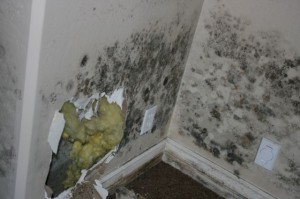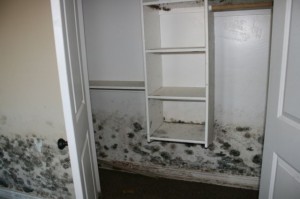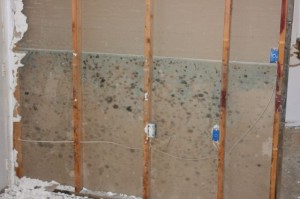The winter season has been a tough one in Cache Valley and we’ve spent most of our time indoors to escape the cold and the bad air quality. We all know that the inversion in Cache Valley creates unhealthy outdoor air, but what about the air in our own homes? Most Americans spend about 90 percent of their time indoors, where pollutant levels may be 2-5 times higher, and occasionally 100 times higher, than outdoors, according to the U.S. Environmental Protection Agency. Here are a few tips to reducing the pollution in the home.
KEEP CARPETS CLEAN
Carpets act as a large air filter and just like any filter, if it becomes clogged with dirt and dander, it will cease to function properly. A couple of ways to keep your carpets clean are:
1) VACUUM REGULARLY. A general rule is to vacuum traffic areas at least once per week with a powerful upright vacuum. Using a vacuum with a beater brush and excellent filtration system will help prevent dirt from settling in your carpet and keep re-circulation of dust and dirt to a minimum. Along with using the right kind of vacuum, it is imperative to use the right kind of bag and change it often, otherwise the vacuum will send out tons of dust in to the air.
2) PROFESSIONALLY CLEAN THE CARPETS ON A REGULAR BASIS. Vacuuming is just not enough when it comes to cleaning carpets. Carpet collects dust, dirt, dust mites, pollen and dander. Plus anything else we track in from outside. A good test to show vacuuming is just not enough is to take a rug that has just been vacuumed and shake it outside. It will still release more dirt. This is why professionally cleaning the carpets is recommended every 6-12 months. Cleaning the carpets by hot water extraction will clean and suck out the pollutants in your carpet & rugs.
3) REMOVE SHOES WHEN ENTERING THE HOME. Removing shoes and putting rugs/runners at doorways can prevent pollutants from outdoors from entering the home on your shoes. This is a good practice to follow and will also help keep your carpets looking clean longer.
CHECK THE HOME FOR MOLD
If not treated, mold can cause a number of health problems to the respiratory system and cause other problems such as headaches and nausea. Mold thrives off of air, moisture and food (carpet, wood, dry wall etc.), therefore it is important to not only check your home for mold spores, but any moisture problems such as leaky pipes or condensation build-up and correct those problems. Water damaged areas should be cleaned and dried within 24-48 hours to prevent the growth of mold.
REGULARLY CHANGE THE FILTER IN FURNACES
Once again, if the filter is not changed regularly, it will not function properly. This could lead to malfunctioning of the furnace and possibly dust being sent through the air ducts.
CLEAN YOUR AIR DUCTS
Cleaning out the air ducts in your home can help reduce the pollutants being circulated in your home, and possibly reduce allergy problems. The air ducts in a home commonly collect pet hair and dander along with dust after construction projects. When air ducts are professionally cleaned, the process includes sucking out any loose dirt and debris with a HEPA vacuum and then sealing the ducts to prevent any dust too small to be collected from being re-circulated.
MAINTAIN PROPER VENTILATION IN THE HOME
Improper ventilation can create build-up of pollutants in the home and cause health problems. Keep the air circulating by using fans, opening windows or by using properly maintained HVAC systems.





